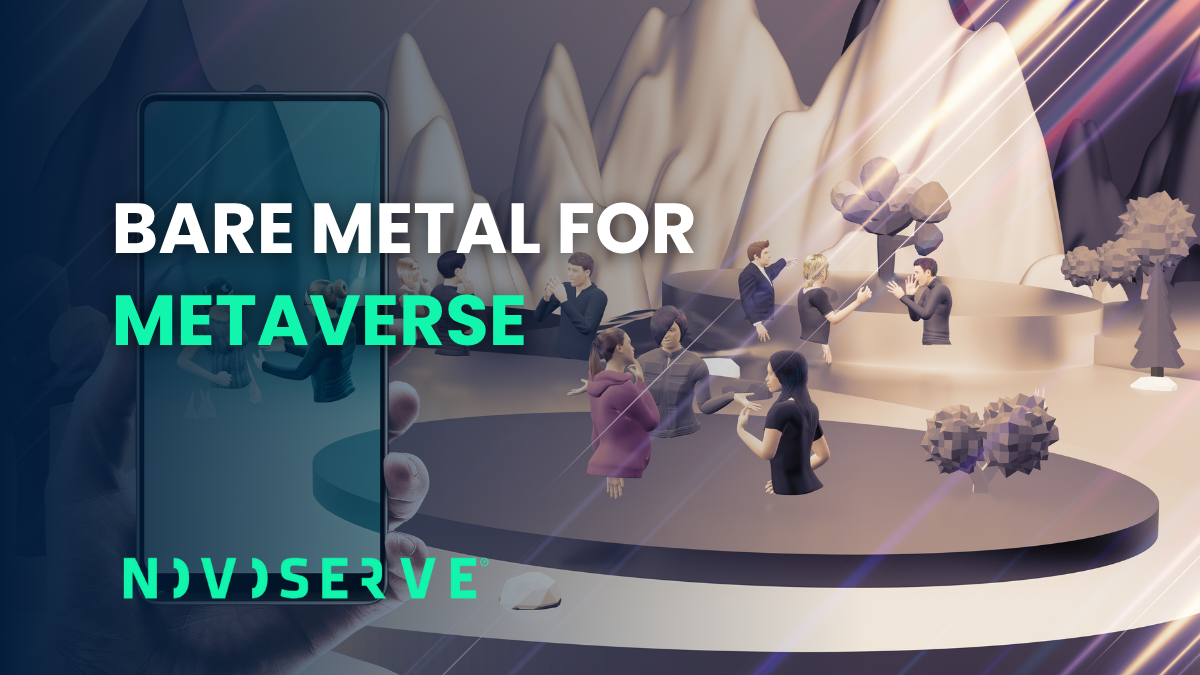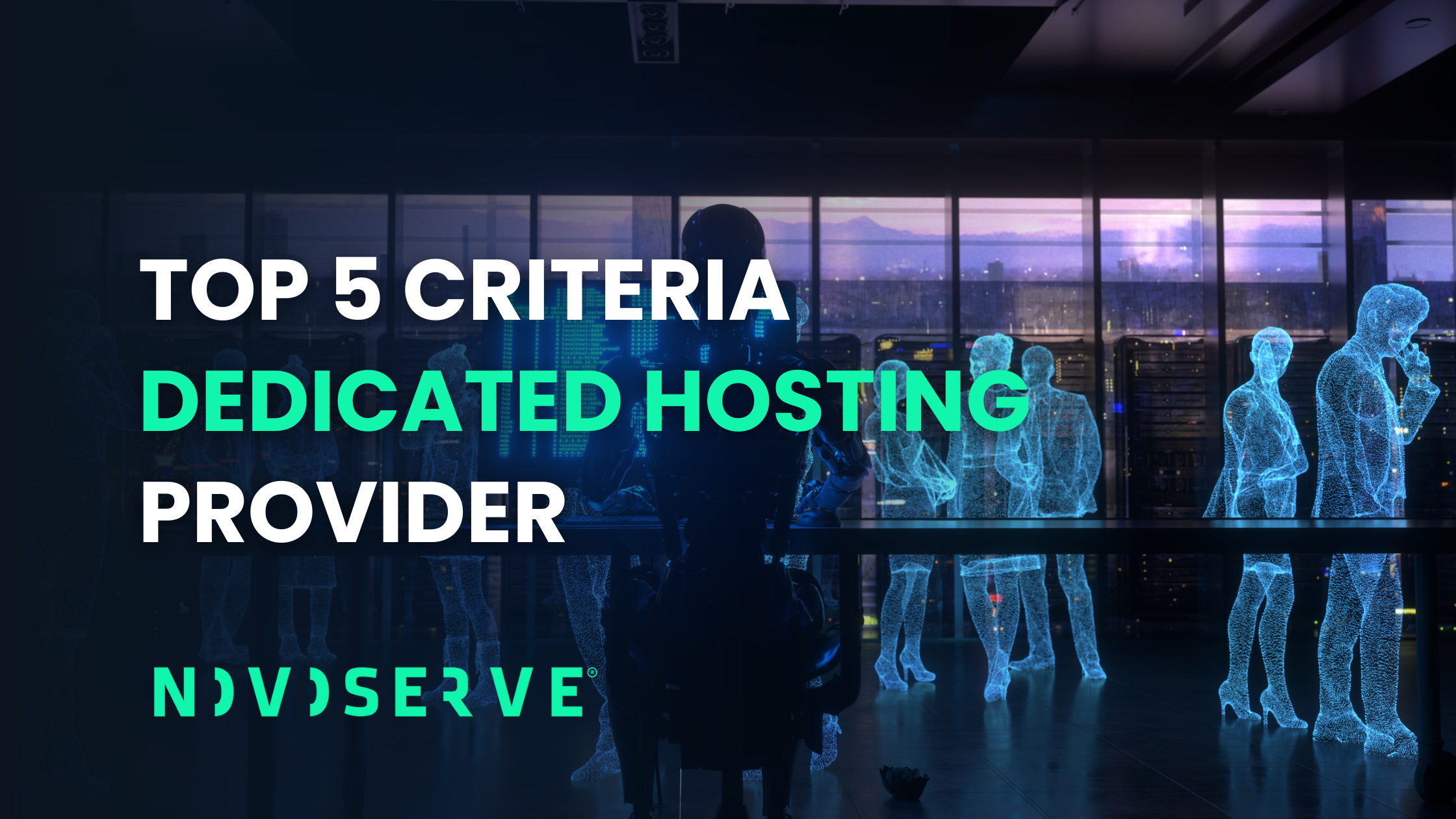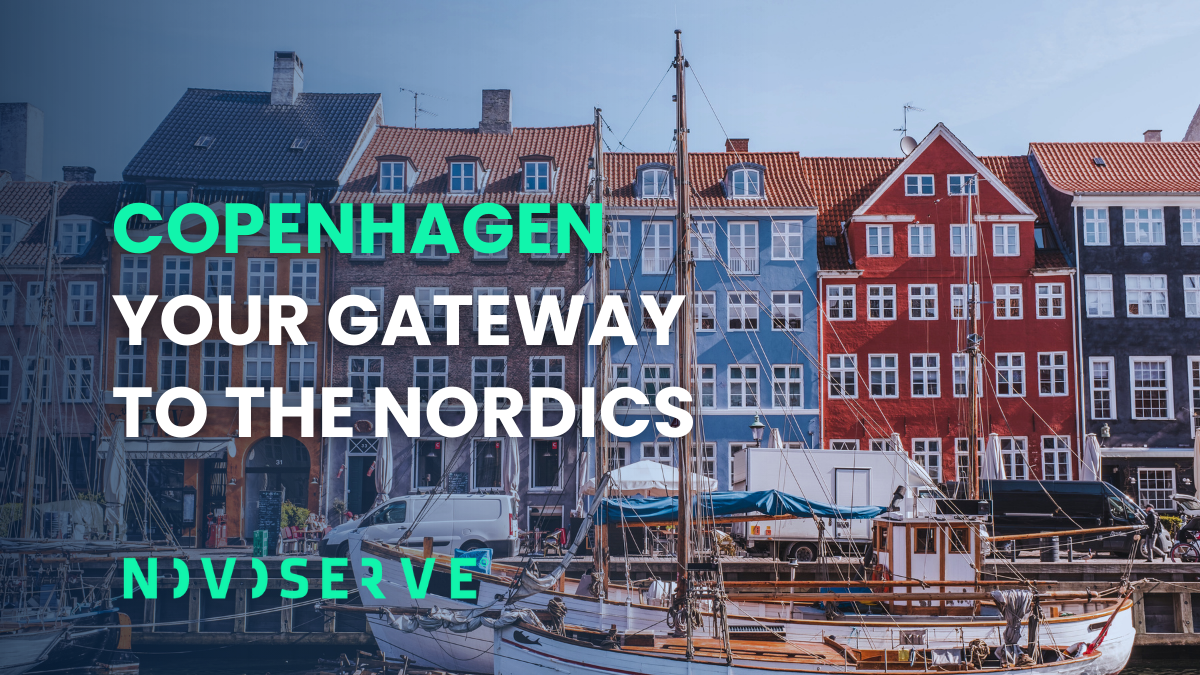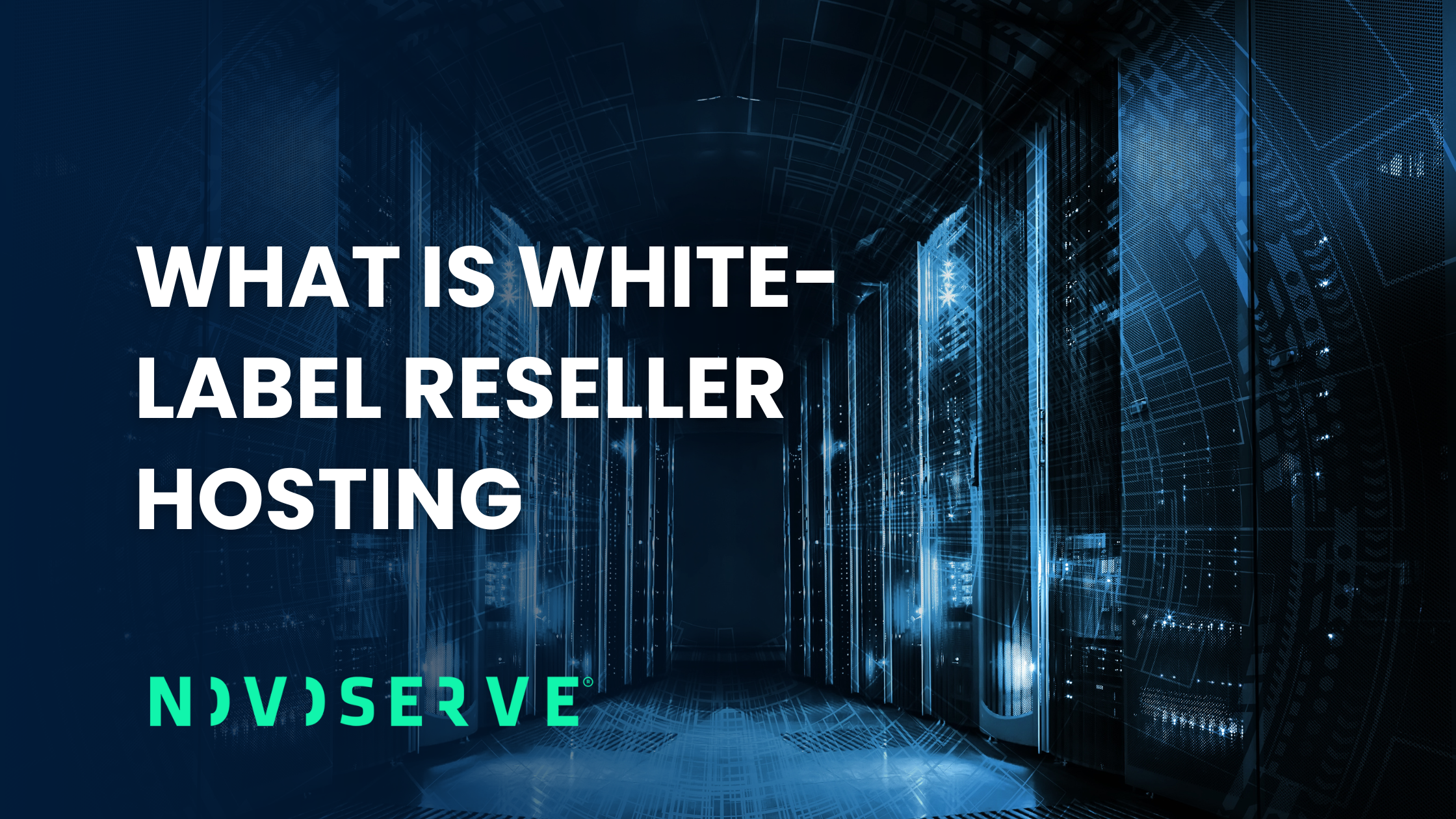The difference between a seamless, immersive experience and a frustrating, lag-filled one is measured in microseconds. It’s a problem of physics. Every action, every interaction, every rendered frame is a race against the speed of light and the processing limits of silicon. A standard cloud instance, designed for general-purpose computing, is not the right tool for this job.
Building a server for the metaverse is an exercise in performance engineering. It requires a bare metal foundation where every component is chosen to minimize one thing: the time between a user's action and the world's reaction. There are 3 physical layers you should master to solve the physicas of immersion.
The compute layer
A virtual world is a constant loop of simulation and rendering, and each has a distinct hardware requirement.
The simulation loop—the physics of the world, object states, and user interactions—is often a single-threaded or lightly-threaded process. This means it relies on raw clock speed. To make the world feel responsive, you need a CPU that can process this loop as fast as possible. This is where a high-frequency processor, like an AMD EPYC "F-series" dedicated server, becomes a critical architectural choice, providing the extreme single-core performance needed to keep the world's logic running instantaneously.
The rendering layer is the opposite. It's a massively parallel task where thousands of calculations are needed to draw every frame. This is the domain of the GPU. A powerful dedicated GPU server, equipped with NVIDIA or AMD cards, is non-negotiable for delivering the high-fidelity, high-frame-rate graphics that create a sense of presence.
The network layer
Every interaction in a shared virtual environment is a network packet that must travel from the user, to the server, and back. Latency is the undefeated enemy of immersion. The only way to combat it is with a superior network architecture.
This is about more than just bandwidth; it's about the intelligence of the network itself. A truly low-latency network is built on a rich, diverse blend of connections. Our 16+ Tbps global network, with its 10+ Tier-1 transit providers and over 800 peering partners, is engineered to find the most direct, lowest-latency path to your users anywhere in the world. By bypassing congested public internet routes, we reduce the physical distance your data has to travel, ensuring every interaction feels immediate. This is further backed by our in-house DDoS protection, which is essential for keeping your public-facing world online.

The I/O layer
A virtual environment is a massive collection of assets—textures, models, and sound—that must be streamed to the user in real-time. The speed of your storage directly impacts the user's experience.
Slow storage results in long initial loading times and jarring in-world "pop-in," where objects appear out of thin air. To create a seamless experience, you need a storage subsystem that can feed the simulation and rendering engines without delay. This is where NVMe SSDs become essential. Their direct-to-CPU connection via the PCIe bus provides the extreme I/O throughput needed to stream terabytes of world data and ensure your environment feels solid and persistent.
Your metaverse & virtual environment server
The perfect server for your metaverse or virtual environment is a custom-built machine beast, tailored to your specific application's needs. At NovoServe, we provide the building blocks for you to architect this solution.
Our Server Webshop allows you to combine the perfect components:
- Choose a high-frequency AMD EPYC CPU for your simulation loop.
- Add a powerful NVIDIA GPU for your rendering needs.
- Equip it with ultra-fast NVMe storage.
- Select a high-capacity unmetered port to handle your traffic.
Get a free test server
We are confident in our performance. If you have an interesting plan to build a metaverse virtual environment and want to validate our network and hardware, we invite you to discuss your project with our team. We can provide you with a free test server to run your own benchmarks.
Let's discuss the architecture of your virtual world and find the perfect infrastructure to power it.



